A data center, or server farm, is a collection of networked computers, either centrally located to support the data needs of an organization or used for online data storage, data processing, and distributing large amounts of data from remote data facilities. The data center is a physical facility that houses servers, network equipment, personnel like information technology specialists and network technicians for business-critical support.
For the everyday user, when they take a photo on their smart phone and send it to ‘the cloud’, unlike the name suggests – it doesn’t float up to some fluffy white cloud in the sky. Instead, it gets sent to a server farm where it is processed and stored on a server that needs to be maintained should you wish to view the photo in a day, week, month, or years from now, you’ll be able to access that photo on the server that is storing it.
It’s not just photos. Think of all the information you send from your smart phone, web-enabled tablet, or computer: emails, calendar events, social media posts, videos, text messages, online banking, map locations and directions, or access to a voice-controlled personal assistant, like Siri. If you’ve enabled your devices to do so, all that data is being stored in a server farm!
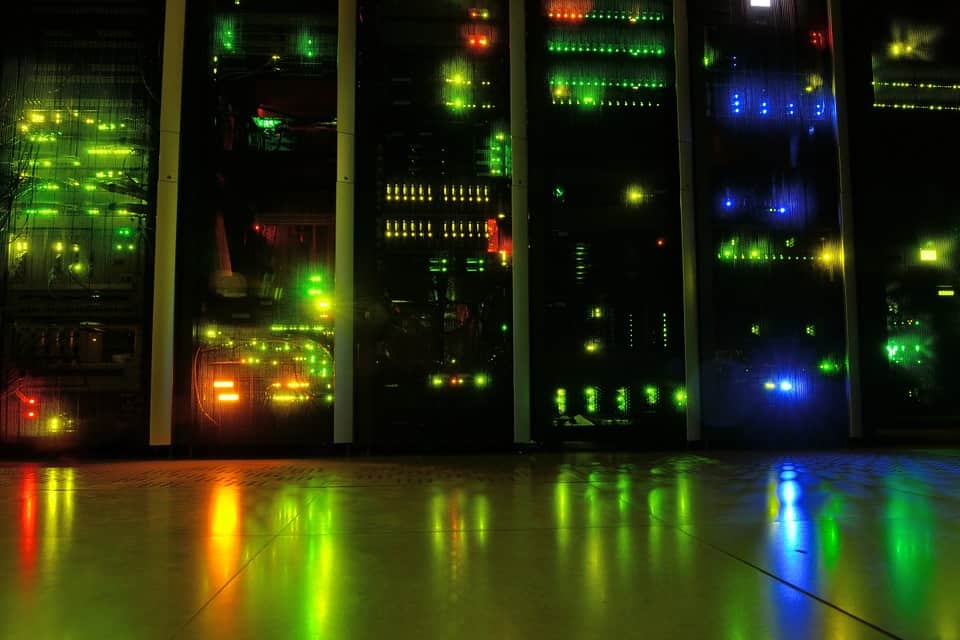
As the demand for technology grows, so does the need to store the increasing amount of digital data being generated. The outlook for the data center industry predicts the need for a larger amount of flexibility due to the rapidly changing and use of technology. As businesses, retailers, and organizations that offer online data storage grow, there is an emerging trend to establish remote data centers that are designed to augment and provide quick access to regionally stored data. What was once quiet farming towns in the middle of the United States are becoming technology hubs for remote data facilities. While some of these centers are enormous — comprised of millions of square feet — most are under 100,000 square feet.
The Unique Challenges of the Server Farms
Every industry has challenges to overcome. These typically involve meeting demand, supply chain logistics, and other aspects unique to each field. The relatively new industry of server farms has challenges of its own, namely energy and land.
Server Farms are Energy-Intensive Operations
 Data centers consume a lot of energy — more than 400 terawatts annually worldwide. When down time is measured by the cost of thousands, tens of thousands, hundreds of thousands, or millions of dollars per hour, it is imperative data centers implement scalable and redundant support systems designed to handle the demands of a growing data center, and meet the data needs of customers.
Data centers consume a lot of energy — more than 400 terawatts annually worldwide. When down time is measured by the cost of thousands, tens of thousands, hundreds of thousands, or millions of dollars per hour, it is imperative data centers implement scalable and redundant support systems designed to handle the demands of a growing data center, and meet the data needs of customers.
In addition to consuming vast amounts of energy, server farms generate a lot of heat. The heat produced by large operations, if not properly managed, can cause problems, such as the shutting down of servers. An important aspect to preventing equipment failures and avoiding data center downtime requires powerful climate control systems.
Key players have made — and continue to make — efforts toward finding more efficient ways to operate data centers. In addition to the development of renewable energy sources, innovations are happening in computer architecture that can provide more computing power per watt. The result of these advances is less power usage and heat generation. Any chance to innovate and increase efficiency will benefit server farm operations. These are just some of the ways that smart buildings are changing our approach to industry.
Bitcoin Mining
One industry that perhaps rivals the biggest cloud providers with respect to size is bitcoin mining. Otherwise known as crypto mining, this burgeoning industry mines not for tangible resources, but for solutions to complicated math problems that become the basis for the digital currency. Computers perform the mining calculations, and are stored as banks of servers — sometimes hundreds of thousands of computers and thousands of acres.
Data Centers Need Lots of Land, Water, and Energy
 Data facilities and cloud providers are increasingly looking to remote areas to set up their server farms. Land is more plentiful and less expensive in the center of the country, away from the crowded hubs on the coasts. Often these areas have access to water for cooling as well as affordable and renewable electricity sources. Major corporations such as Facebook and Google are taking advantage of the readily available and more affordable tracts of land.
Data facilities and cloud providers are increasingly looking to remote areas to set up their server farms. Land is more plentiful and less expensive in the center of the country, away from the crowded hubs on the coasts. Often these areas have access to water for cooling as well as affordable and renewable electricity sources. Major corporations such as Facebook and Google are taking advantage of the readily available and more affordable tracts of land.
When Google chose a city in western Iowa to locate one of its data centers, the state responded by helping to develop a fiber optic network. As more and more cloud providers start to invest in these less populated regions, the infrastructure is improving, which is necessary to move all the data. Centrally located data centers are ideally situated because data speed goes down — referred to as latency — as the distance between server and computer decreases.
Choosing to Build or Lease Space on a Server Farm
The U.S. has millions of data centers, according to the U.S. Department of Energy, and small and medium-sized companies own more than 90 percent. Large data centers such as those owned by giant corporations require large amounts of money and time to build — starting at hundreds of millions of dollars to over a billion and up to two years of construction.
Smaller companies that may not have the capital or the need to build their own data centers can opt to lease space in what are called wholesale data centers. Some big companies, such as Facebook, leased data center space from third parties to keep up with the growth of their user bases until they were able to develop and build their own data centers.
In addition to saving money, choosing to lease rather than build data center space can save time. Building a data center can take a year or more, whereas the process of leasing and occupying an existing building can take as little as five months. Colocation centers lease space to multiple businesses, and the market for such services is predicted to grow by as much as 33 percent in 2019.

Benefits of Building Server Farms Using Engineered Fabric Structures
Technology is advancing and evolving faster than ever, and so is the need for computing power. The data center industry must be flexible to allow for growth while providing uninterrupted server operation. Infrastructure must be similarly flexible and efficient, and engineered fabric structures can provide both of these features and more.
Minimal Foundation Requirements and Shorter Construction Timelines
Fabric buildings from Alaska Structures® have minimal foundation requirements, and you can securely anchor any of our fabric buildings to the following foundation materials:
- Poured-in-place (PIP) concrete walls
- Concrete slab-on-grade
- Precast slab sections
- Precast concrete blocks
- Sub-grade continuous and pier footers
- Asphalt
- Gravel or earth pads
- Sand
- Wood platforms
- Shipping containers
With less site preparation work than traditional construction methods require, the timeline from design to construction is significantly shorter. Faster construction schedules allow companies and organizations to implement and begin offering online data storage, e-commerce, and cloud computing services in a fraction of the time.
With the rapid growth in this dynamic industry, designing a data center with flexibility is essential. Building solutions from Alaska Structures are scalable and can quickly accommodate data center expansion needs.
Alaska Structures’ fabric structures offer the ability to quickly install permanent, semi-permanent, temporary and modular building systems for data centers that can be left in place or easily taken down and relocated as needed. Installation of Alaska Structures buildings does not require many tools or expensive construction crews.
Data Centers Designed for Remote Locations
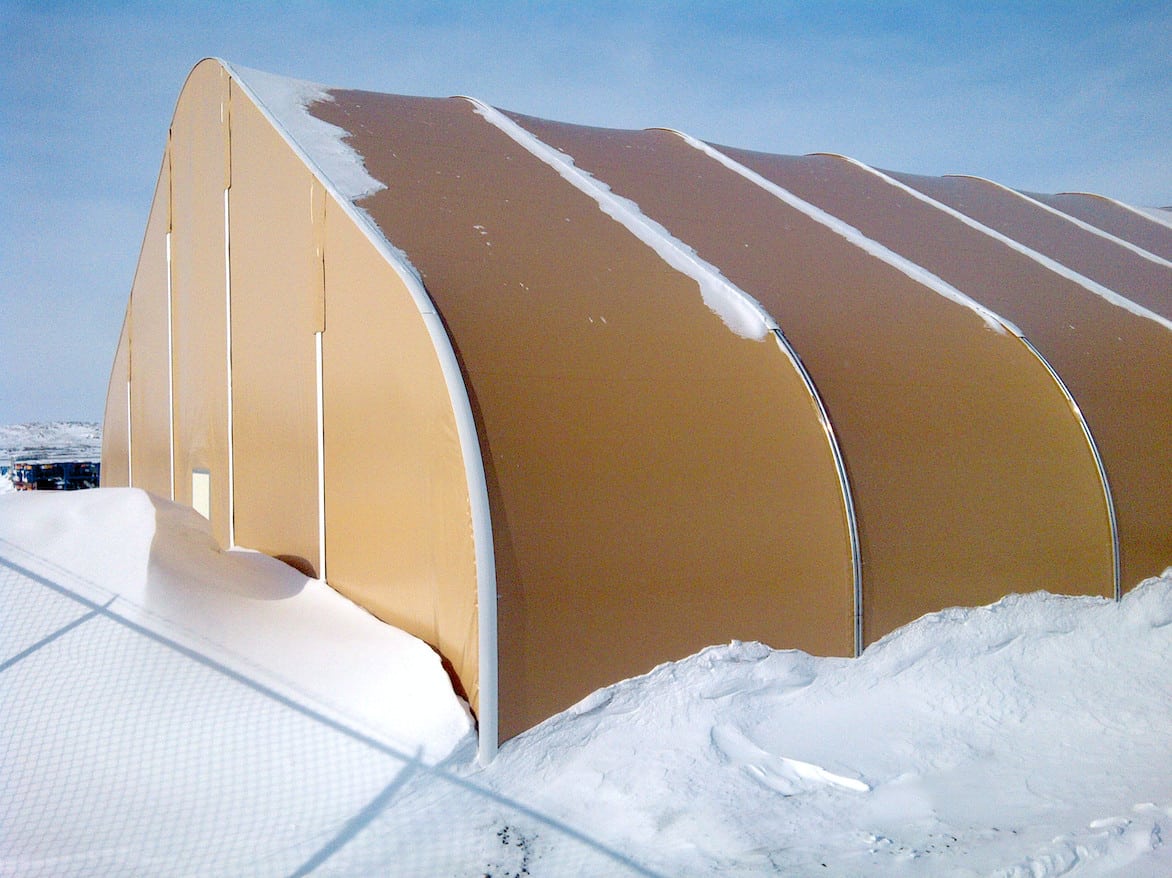 Engineered fabric structures allow companies and organizations to quickly build high-end data centers, server farms and server clusters in remote areas without existing facilities. Alaska Structures® is the leading supplier of engineered fabric structures in the world, including military shelter systems used for tactical operation centers for the U.S. military and coalition forces, negative pressure tents operationalized globally during airborne illness events, and glamping yurt cabins designed for comfortable wilderness adventures. Alaska Structures® has unmatched experience designing and engineering large fabric structures for secure data storage and processing facilities.
Engineered fabric structures allow companies and organizations to quickly build high-end data centers, server farms and server clusters in remote areas without existing facilities. Alaska Structures® is the leading supplier of engineered fabric structures in the world, including military shelter systems used for tactical operation centers for the U.S. military and coalition forces, negative pressure tents operationalized globally during airborne illness events, and glamping yurt cabins designed for comfortable wilderness adventures. Alaska Structures® has unmatched experience designing and engineering large fabric structures for secure data storage and processing facilities.
Alaska Structures® provides data center facilities that are virtually maintenance-free. Our engineered polyvinyl membranes are:
- Rot-, mold-, and mildew-resistant
- More resistant to abrasion than other polyethylene- and polyvinyl-based fabrics
- UV-stabilized (not coated) for prolonged and year-round use in locations with high solar loads
- Chemically inert
- Designed to exceed the fire safety requirements of the California Code of Regulations for membrane structures
- Engineered to meet local and international building codes for safety and durability
Engineered fabric buildings from Alaska Structures® have free-span interiors, allowing for maximum use of interior space, any width, side wall height, and length. Our high-strength metal frame systems are engineered to meet any challenge – functional or environmental. For smaller data center facilities (less than 30’ wide), Alaska Structures® offers lightweight aluminum frames for highly portable server storage applications.
Cold climates are attractive to data center and bitcoin mining operators, reducing the energy required for climate control system to maintain a cooler server room temperature. Designing a data center using Alaska Structures® engineered fabric buildings are engineered to meet specific wind and snow loads of the intended area, so no climate is too extreme. Alaska Structures® has provided data center facilities and building systems to more than 85 countries around the world, in locations with recorded temperatures as low as -67 and as high as +125 degrees F.
Increasing Energy Efficiency of Climate Controlled Data Centers
The operation of data centers for crypto mining, online data storage, e-commerce, colocation services, and cloud computing is very energy-intensive. Data centers with hundreds of thousands of computers can easily consume 300 megawatts of power or more. The industry is starting to install and invest in the development of renewable energy sources in a more concerted effort.
For business-critical data and the successful operations of a data center, ensuring an interior temperature is crucial for optimum server farm performance.
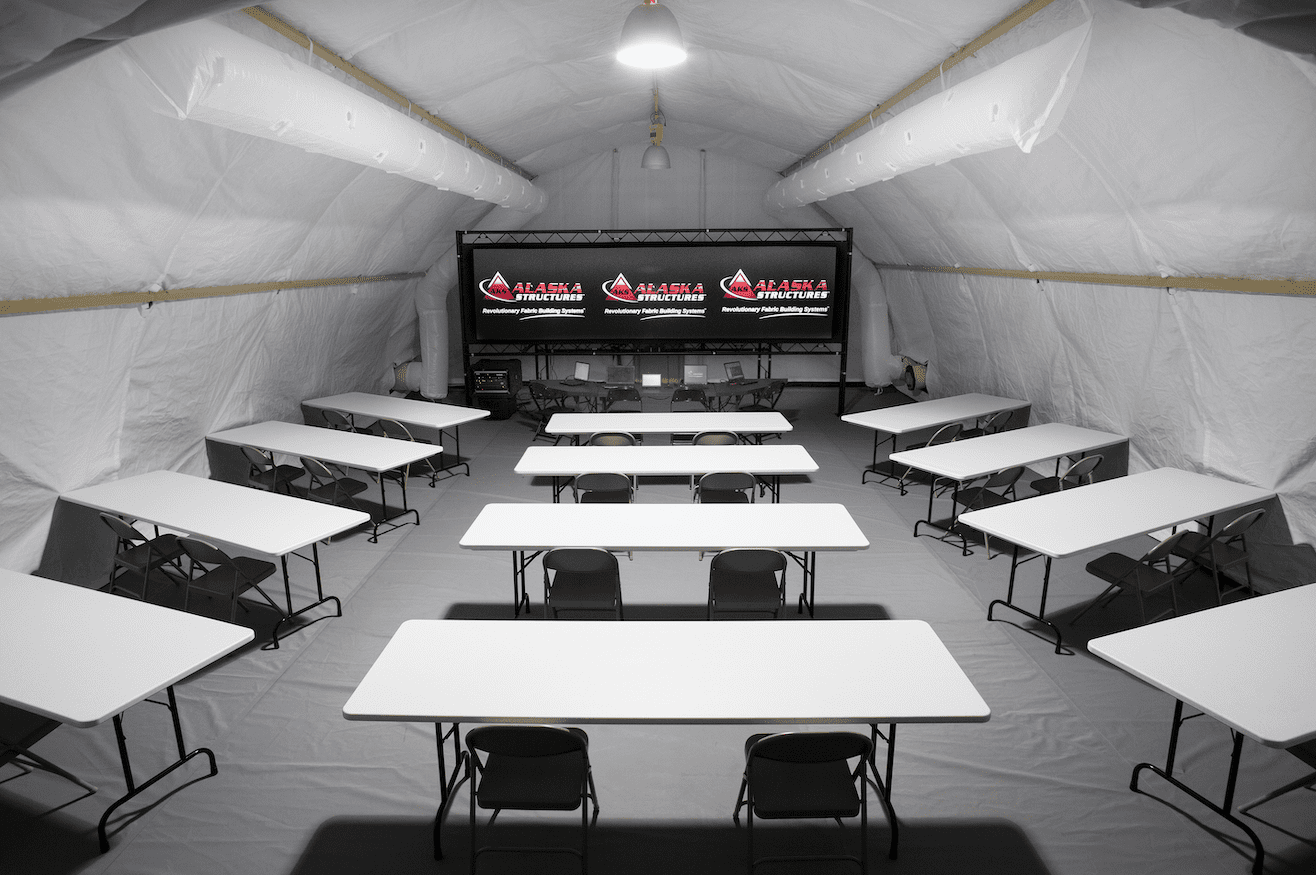
In addition to our custom-designed fabric buildings for data centers, Alaska Structures® produces a wide range of energy-saving products. These products integrate seamlessly with our building solutions and include:
- Alaska EnerLayer™ insulation system, for a 22 percent reduction in AC usage.
- Rugged HVAC systems, available in 2.5-ton, 5-ton, and 10-ton Alaska ECU™ configurations.
- Air distribution systems to help maintain a uniform interior temperature.
- Optional particle filters that are attachable to our line of heavy-duty HVAC systems to reduce and prevent interruptions in server functionality and data center operations.
Alaska Structures Fabric Structures for Data Centers
When the time comes to design a remote data facility, rely on Alaska Structures’ five decades of unmatched experience. Alaska Structures will work with you to custom-design a data center facility to your specific requirements, including equipment, personnel doors, windows, and soft or hard-wall partitions.
Contact us today to get started.
Tel: 907-344-1565
Or use our online contact form to submit your data center facility requirements.
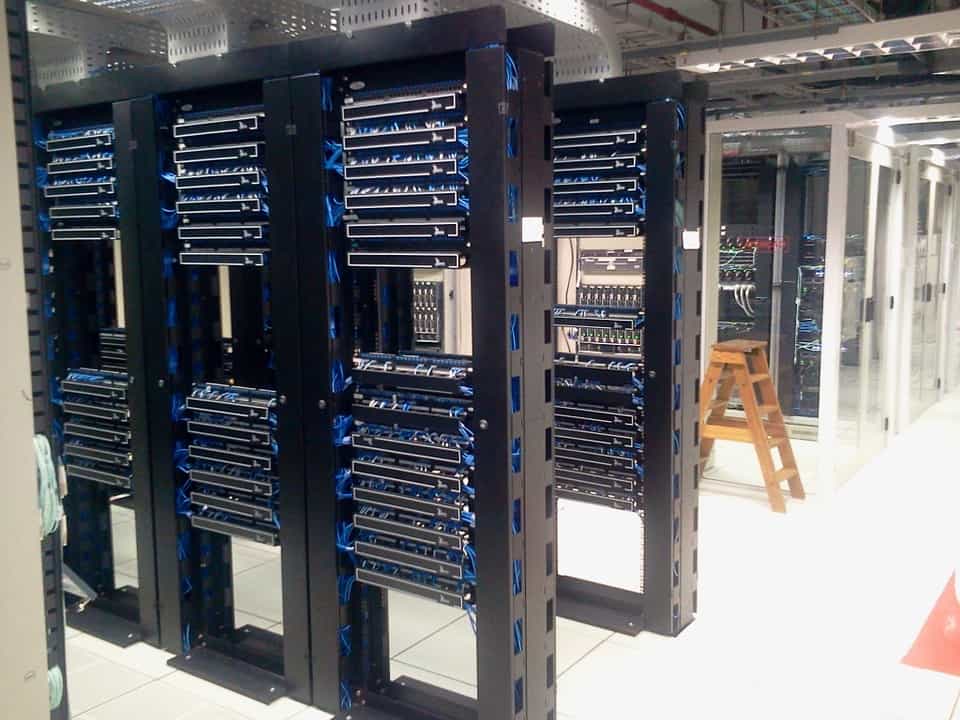









































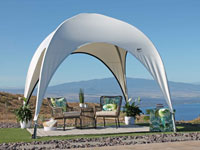





































Leave a Reply